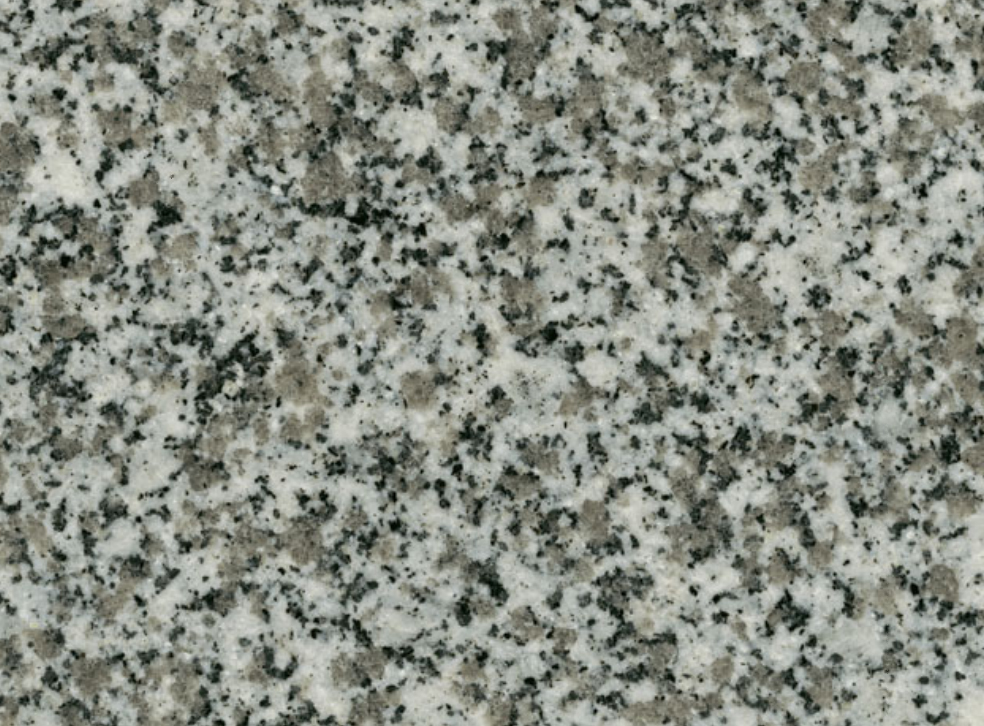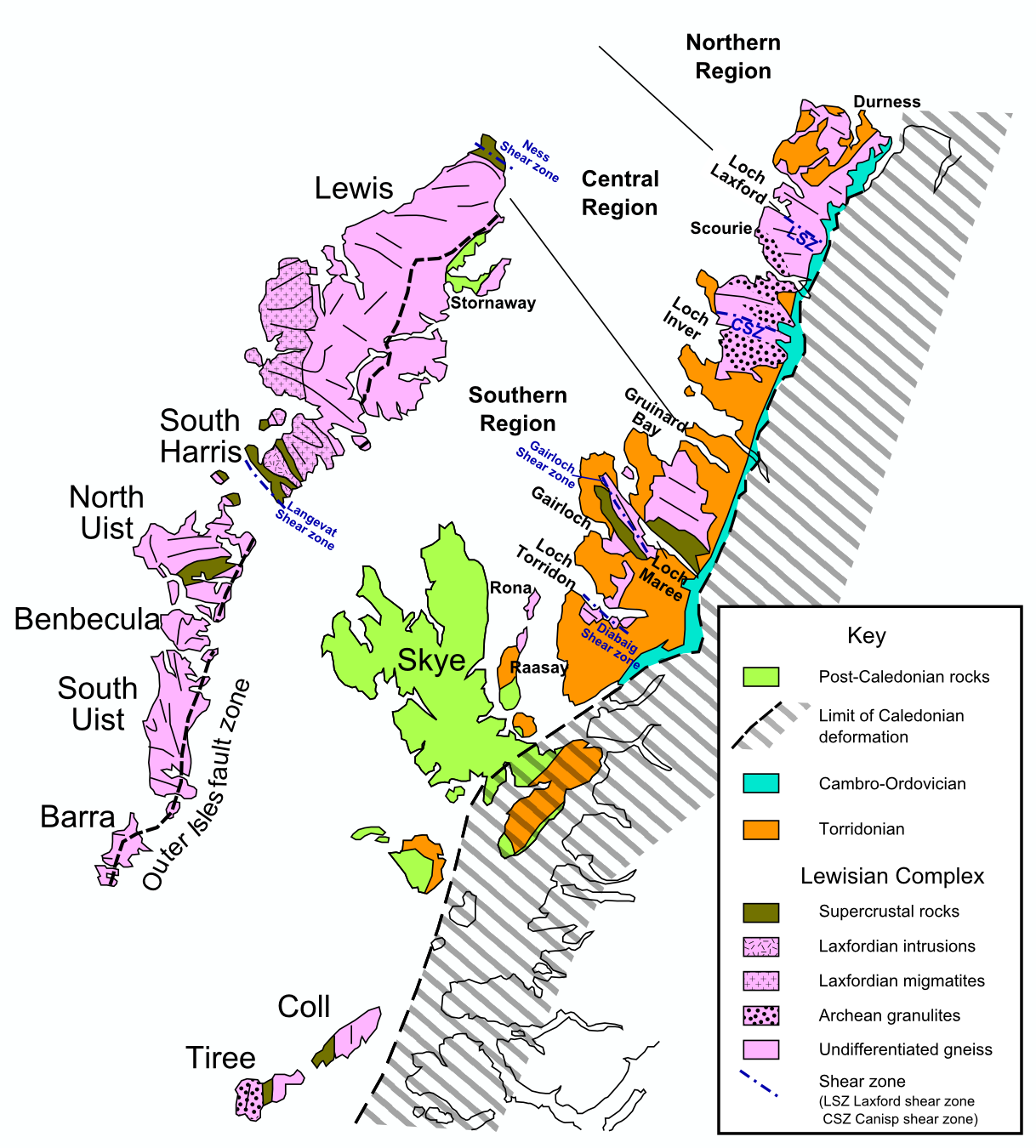Introduction:
In geology, a rock is a naturally occuring solid aggregate of one or more minerals.
Three major groups of rocks are defined:
1. Igneous:
Igneous rock (derived from the Latin word igneus meaning of fire, from ignis meaning fire) forms through the cooling and solidification of magma or lava. Igneous rocks are divided into two main categories: plutonic rock and volcanic. Plutonic or intrusive rocks result when magma cools and crystallizes slowly within the Earth`s crust. Volcanic or extrusive rocks result from magma reaching the surface either as lava or fragmental ejecta.

2. Sedimentary:
Sedimentary rocks are formed at the Earth`s surface by the accumulation and cementation of fragments of earlier rocks, minerals and organisms or as chemical precipitates and organic growths in water.

3. Metamorphic:
Metamorphic rocks are formed by subjecting any rock type – sedimentary rock, igneous rock or another older metamorphic rock – to different temperature and pressure conditions than those in which the original rock was formed. This process is called metamorphism, meaning to „change in form“. The result is a profund change in physical properties and chemistry oft he stone. The temperatures and pressures required for this process are always higher than those found at the Earth`s surface: temperatures greater than 150 to 200°C and pressures of 1500 bars.

Depending on the structure , metamorphic rocks are devided into two general categories. Those that possess a texture are referred to as foliated; the remainder are termed non-foliated. The name of the rock is then determined based on the types of minerals present.
A gneiss has visible bands of differing lightness, with a common example being the granite gneiss.
Specification:
The Lewisian Gneiss is a suite of Precambrian metamorphic rocks that outcrop in the northwestern part of Scotland, forming part of the Hebridean Terrane. These rocks are of Archean and Paleoproterozoic age. They form the basement on which the Torridonian and Moine Supergroup sediments were deposited. The Lewisian consists mainly of granitic gneisses with a minor amount of supracrustal rocks.
Distribution:

Site:
Near the coordinates you will find the famous Gearrannan Black Houses. Stroll around the beach and then go up a little hill to the exact coordinates. There you will see a special example of Lewisian Gneiss.
Questions to answer:
- To which oft the three major groups of rock does the Lewisian Gneiss belong ?
- What circumstances formed these rocks ?
- Look at the rocks and tell me what colour they have and if they are foliated or not.
- There is a special inclusion in this rock. What is it and how big is it ? Please give me the dimensions.
- Optional: We would be very happy to get a picture of you and the Gearrannan beach if you like.
Please send your answers by message or mail on my profile.
You can log immediately. If anything is wrong I will contact you.